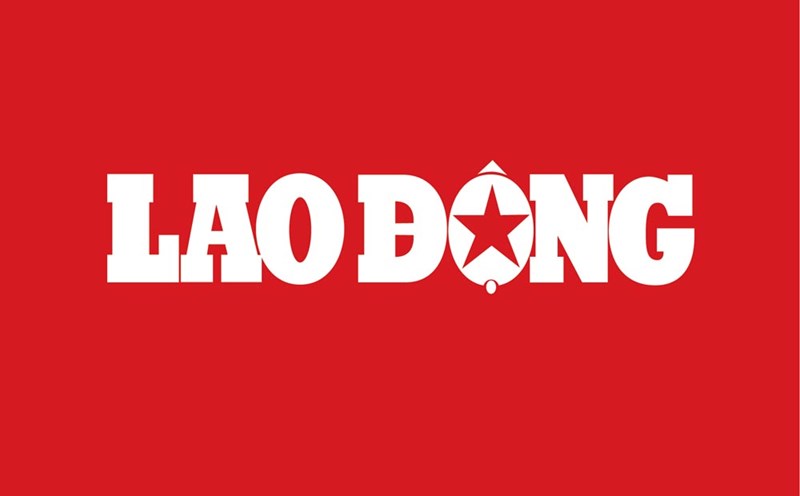Nguyen An (1381-1453) was of Vietnamese origin, captured and taken to China during the Ming invasion of Vietnam in 1407, and later became a eunuch serving in the Ming court.
He was highly regarded for his talent by Emperor Ming Chengzu (reigned 1402-1424), and was assigned to participate in, design, and supervise the construction of Beijing City and the entire Forbidden City in Beijing.
Writing on the Knowledge Network website chn.oversea.cnki.net, Vuong Trieu Quan, School of History, Wuhan University, said that while in Vietnam, Nguyen An was famous as a child prodigy and architectural genius, and a talented official under the Tran Dynasty. In China, he was known in Chinese history as A Luu.
According to Ming Dynasty history books, he made many important contributions to the construction and renovation of Beijing and the water control work of the time.
The Ming History wrote: Nguyen An "under the orders of Emperor Chengzu, built a citadel, palaces and hundreds of offices in Beijing". He was joined by three other talented Chinese architects in this project.

During the renovation of the Forbidden City, Nguyen An managed and supervised millions of people, including soldiers, workers and prisoners, of whom a large number of laborers working in Beijing were also Vietnamese captured during the Ming invasion.
According to Sohu, in addition to the Forbidden City, Nguyen An also participated in many other projects in China such as the restoration of Beijing under the reign of Emperor Ming Yingzong, digging a system of trenches and building brick drainage, building nine stone bridges across the trenches leading to the city,...
Although Nguyen An's true Vietnamese origin was not made public for many centuries, his talent was recognized and highly valued by the Ming emperor, and his name was recorded in many history books.









